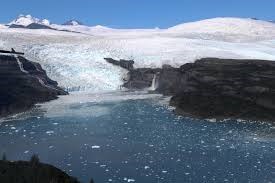
Glaciers and glacier systems are dominant and dynamic physical features in mountain parks and are a driver of landform and ecosystem change. Glaciers are inextricably tied to climate and the hydrological cycle, providing significant hydrologic base flow to major rivers. Because land-terminating glacier systems (mountain glaciers) are regulated primarily by climate fluctuations, they provide a reliable record of long-term climate change that has already occurred. Ocean-terminating glaciers (tidewater glaciers) have more complicated dynamics influenced strongly by their interaction with the ocean.
There are multiple ways we measure and monitor glaciers. Mass balance is the net change in a glacier's mass over a balance year or fixed year. If accumulation exceeds ablation for a given year, the mass balance is positive, loss of snow and ice exceeds gains, the mass balance is negative.
Terminus mapping uses aerial and satellite imagery every decade or so to measure the extent of a glacier on the landscape. In addition, repeated measurements may be taken to measure changes in surface elevation.
Check out this video about glacier status and trends in Alaska.
Glacier Monitoring Multimedia
-
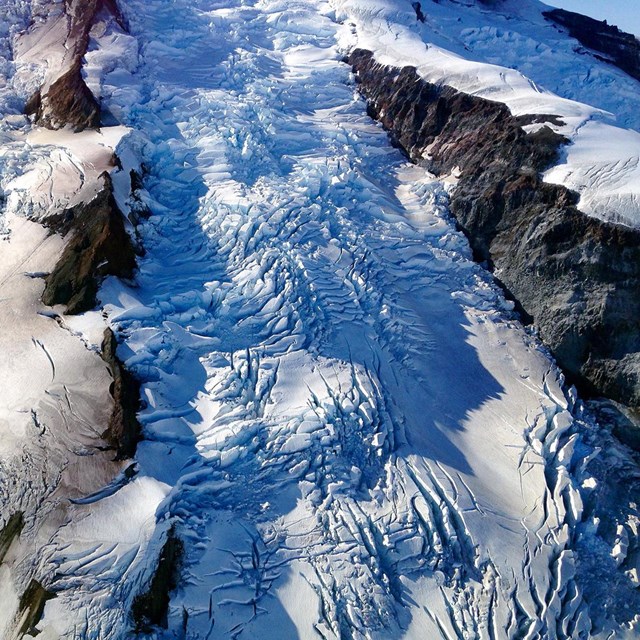 AlaskaAlaska's Shrinking Glaciers
AlaskaAlaska's Shrinking GlaciersAlaska is one of the most heavily glaciated areas in the world outside of the polar regions, but glaciers are shrinking as the world warms.
-
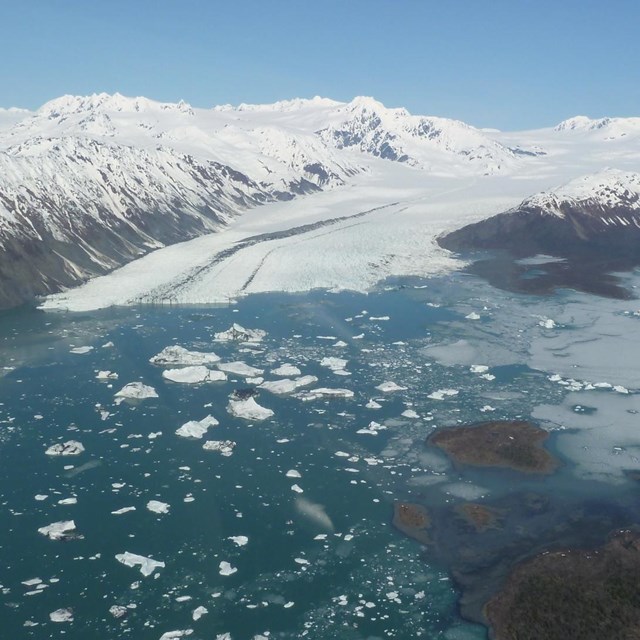 Kenai Fjords National ParkAn Insight Into Ice
Kenai Fjords National ParkAn Insight Into IceGlaciers are dynamic rivers of ice. See how glaciers have changed over time through repeat photography.
-
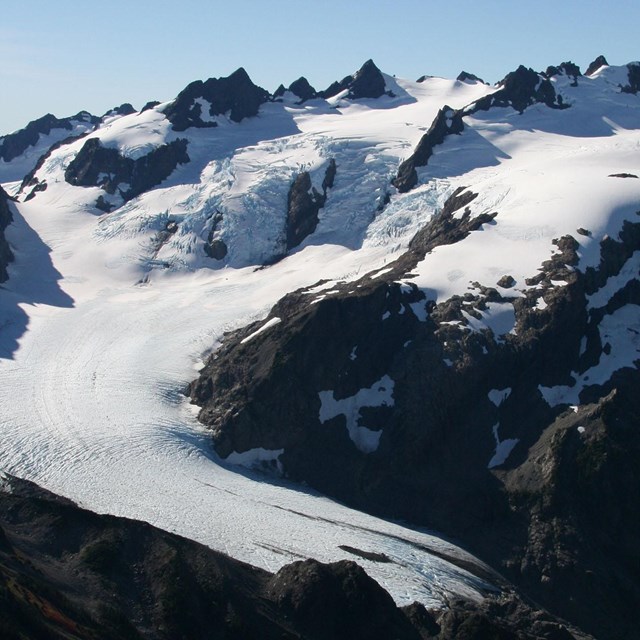 olympic national parkTerminus: A Glacier Memorial Project
olympic national parkTerminus: A Glacier Memorial ProjectThe goal of the Terminus project is to immortalize glaciers of the Olympic Mountains through art.
Glacier Monitoring
-
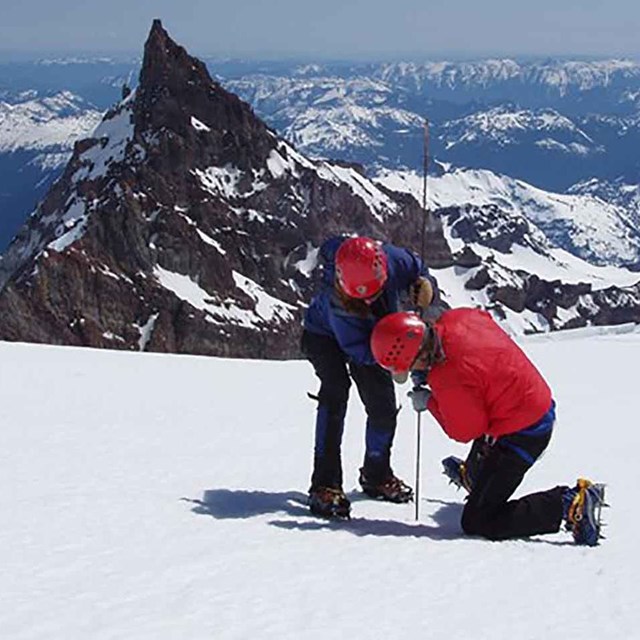 North Coast & Cascades NetworkGlaciers Monitoring
North Coast & Cascades NetworkGlaciers MonitoringGlaciers are integral components of the region's hydrologic, ecologic, and geologic systems.
-
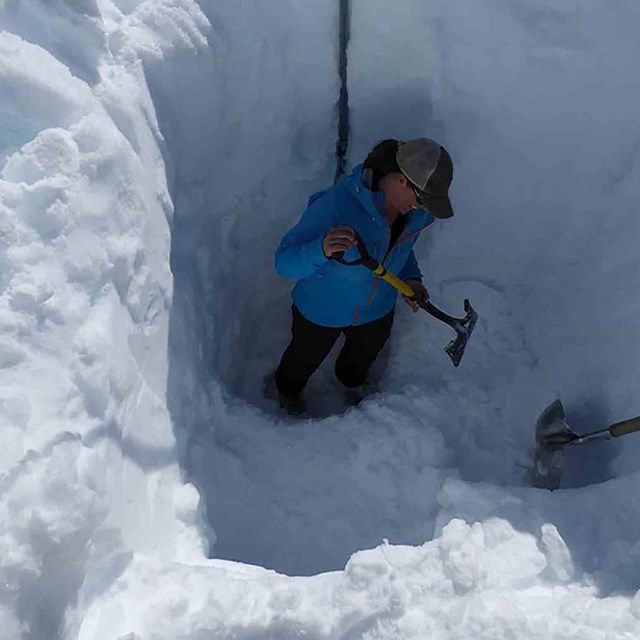 Central Alaska NetworkGlaciers
Central Alaska NetworkGlaciersGlaciers and glacier systems are dominant and dynamic physical features and are a driver of landform and ecosystem change.
-
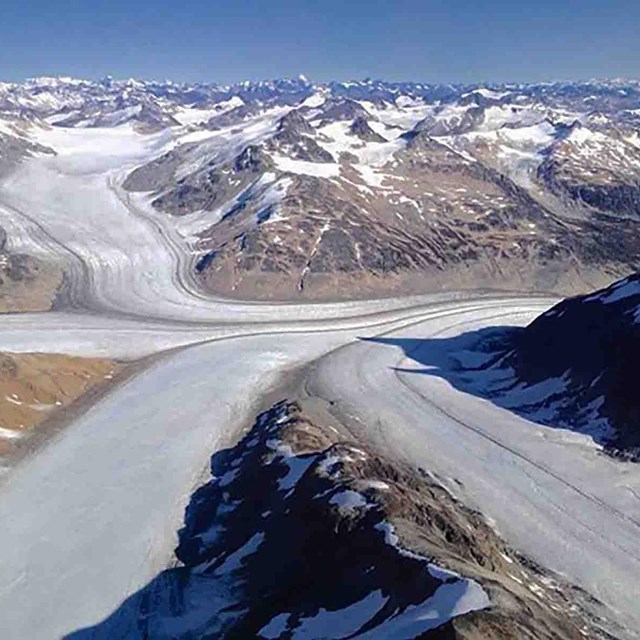 Southwest Alaska NetworkGlacial Extent
Southwest Alaska NetworkGlacial ExtentChanges in temperature, precipitation, and surface albedo (how reflective the snow surface is) affect the volume and coverage of glaciers.
-
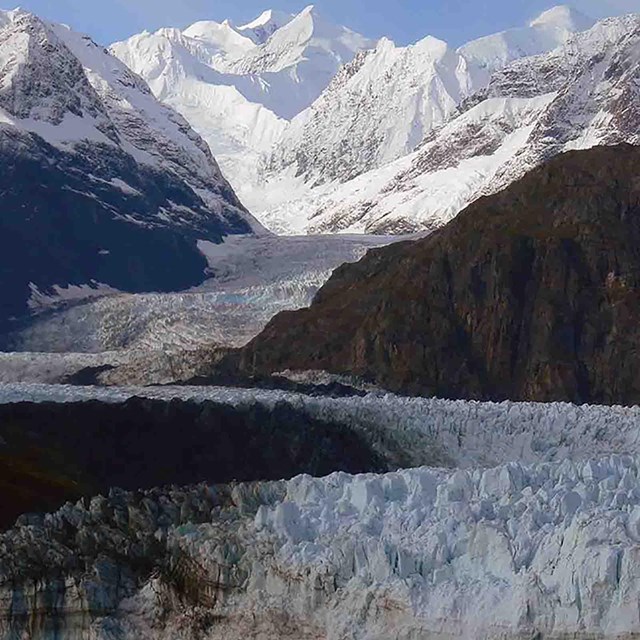 Southeast Alaska NetworkGlacial Dynamics
Southeast Alaska NetworkGlacial DynamicsSensitive to seasonal variation in temperature and precipitation, glaciers are excellent indicators of regional and global climate.
-
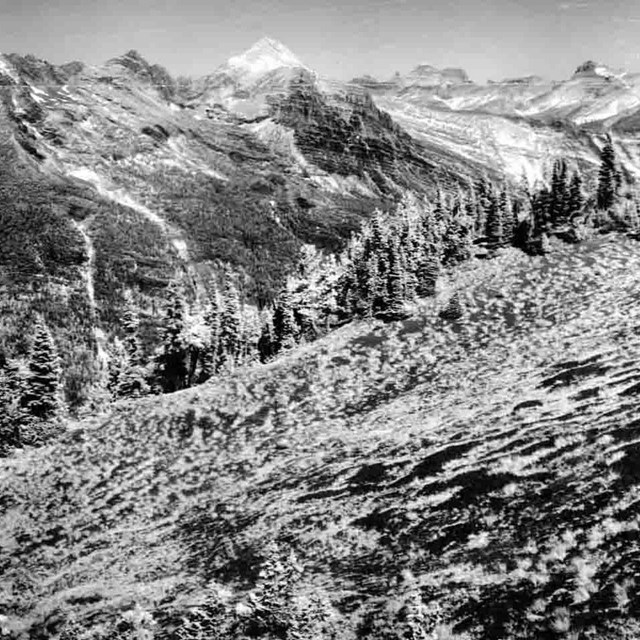 US Geological SurveyGlacier National Park Repeat Photography
US Geological SurveyGlacier National Park Repeat PhotographyThe striking images created by pairing historic images with contemporary photos made climate change relevant to viewers.
-
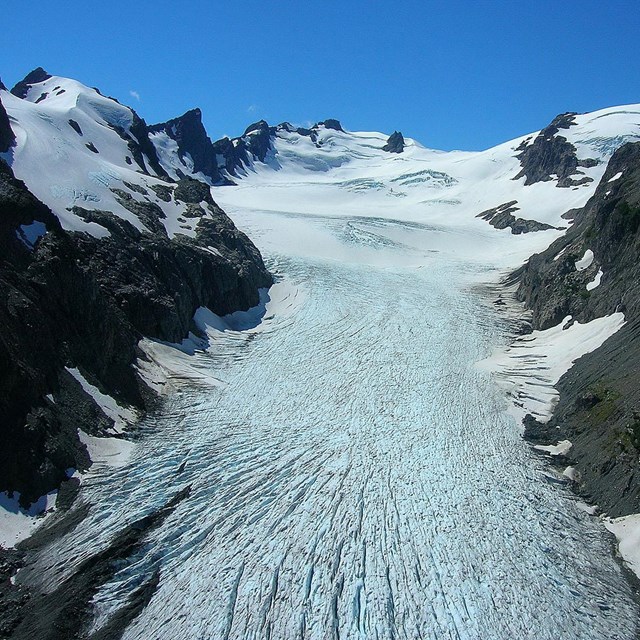 olympic national parkGlaciers and Climate Change
olympic national parkGlaciers and Climate ChangeThese critical and beautiful rivers of ice have shaped and adorned the Olympic Mountains for millennia, but have rapidly shrunk in decades.
Learn more about glaciers
Last updated: December 19, 2023
